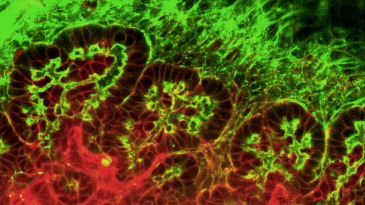
Sun, 2024/02/18
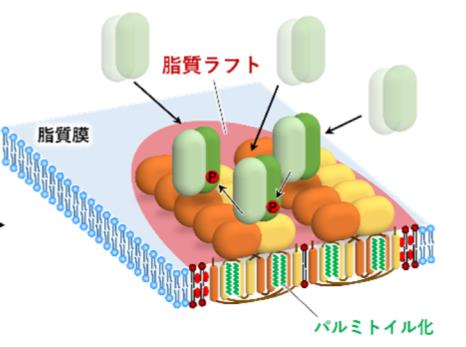
Mon, 2024/01/22
The New Role of STING in the Human Innate Immune System
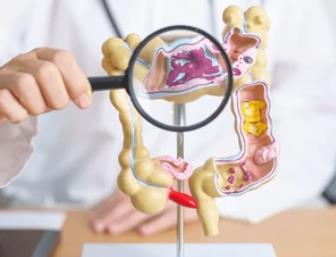
Mon, 2024/01/22
Molecular Mechanisms Underlying the Development of Colitis in Cancer Immunotherapy Induced Patients
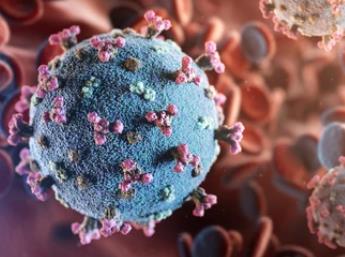
Mon, 2024/01/22
SARS-Cov-2 Can Infect Dopaminergic Neurons
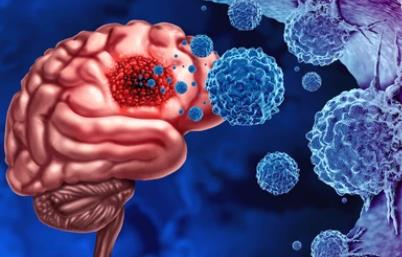
Mon, 2024/01/22
CD276: A New Target for the Treatment of Brain Metastatic Cancer
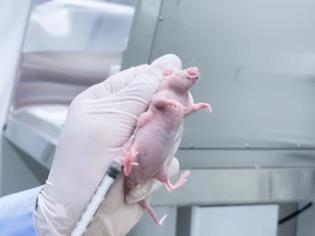
Sun, 2024/01/21
MRE11 Releases cGAS from Nucleosome Blockade to Prevent Cancer Development
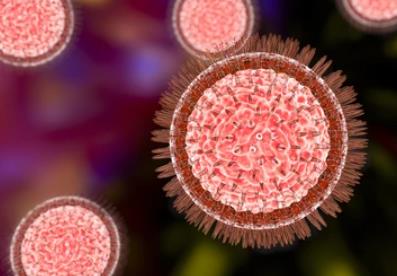
Sun, 2024/01/21
Nuclear Membrane Proteins Promote Yellow Virus Replication
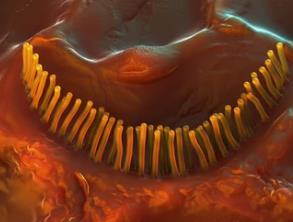
Sun, 2024/01/21
